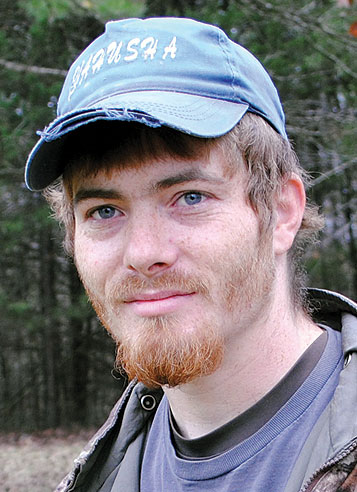
Bob and Geneice McCall run cattle on 800 acres in Eureka Springs, Ark., with 90 Brangus and Angus cows and 4 Angus bulls. Part of the land was homesteaded by Bob’s grandparents in 1908. He then purchased additional land and worked in town as a Forest Ranger for Arkansas Forestry for 36 years. Geneice has held a number of positions including being an administrative assistant for a judge, the county tax collector and working in medical administration.
Bob and Geneice have a daughter, Jodi, who graduated from the University of Arkansas and is an x-ray tech in the cardiac catheterization lab at Washington Regional Hospital in Fayetteville.
Since both Bob and Geneice were raised on farms and Bob already had a small herd started when they married, raising cattle was a natural part of life for the new couple. Bob started with a herd of 13 Herefords. He said, “I didn’t have better sense, but of course, back then Herefords were the breed of choice and Angus were really small.”
When the couple started out the biggest challenge was the 18 percent interest rate when they bought the additional farm. It was hard to buy the land with enough cattle to support it plus paying for clearing enough land for pasture. Bob said, “Early on we cleared some land, seeded it with Bermuda and had freezes before the grass had gone dormant, which meant we had to reseed.” Bob shook his head and added, “That was unusual and probably won’t happen again for a hundred years.”
Another early challenge was moving the cattle from pasture to pasture. The most efficient way was to herd the animals down the road. One time, in 1974, when they called the police to let them know about the drive, a young trooper declared he was going to give them a ticket. An older and wiser one said, “No you won’t. You’re going to get your horse and help them.” And that’s exactly what happened. Now, of course, you can’t even cross the highway because it’s so busy.
One unusual aspect of the McCall operation is injecting minerals instead of feeding them. Geneice, active in numerous cattle associations and holding various offices, heard about the injections at a monthly cattleman’s program she scheduled. The McCalls tried the injections for the first time last year and found their animals came through the winter healthier and with less weight loss as well as converting feed more efficiently. They plan on continuing the practice.
The McCalls feed with grass, hay and a bulk feed mix that is available to the cattle at all times. In the summer months when the weather is dry, they add liquid molasses to the feed to help the animals combat the difficult conditions. The McCalls also use range cubes year round but more to keep the animals easy to handle than as a food supplement.
Bob feels that regular burning is an important part of both land maintenance and feed efficiency for their cattle. He said the forest shoots are an important food source in the spring for those animals accustomed to foraging, which is all he has. Water is another vital issue. The farm is organized so that the cattle rarely use the five ponds on the farm. Instead, water tanks in each of the pastures were connected to an existing well in 1981. This proved to be a very wise decision since last year three of the ponds went dry and the other two were low. Bob pointed out a creek that usually runs from October to July, and the creek bed was dry. He is very concerned about the coming year and whether continuing will be possible if another drought occurs. Bob looked at the dry creek bed and said, “I can’t remember when I didn’t have a cow, a horse and a dog, and I never want to live that way.”







